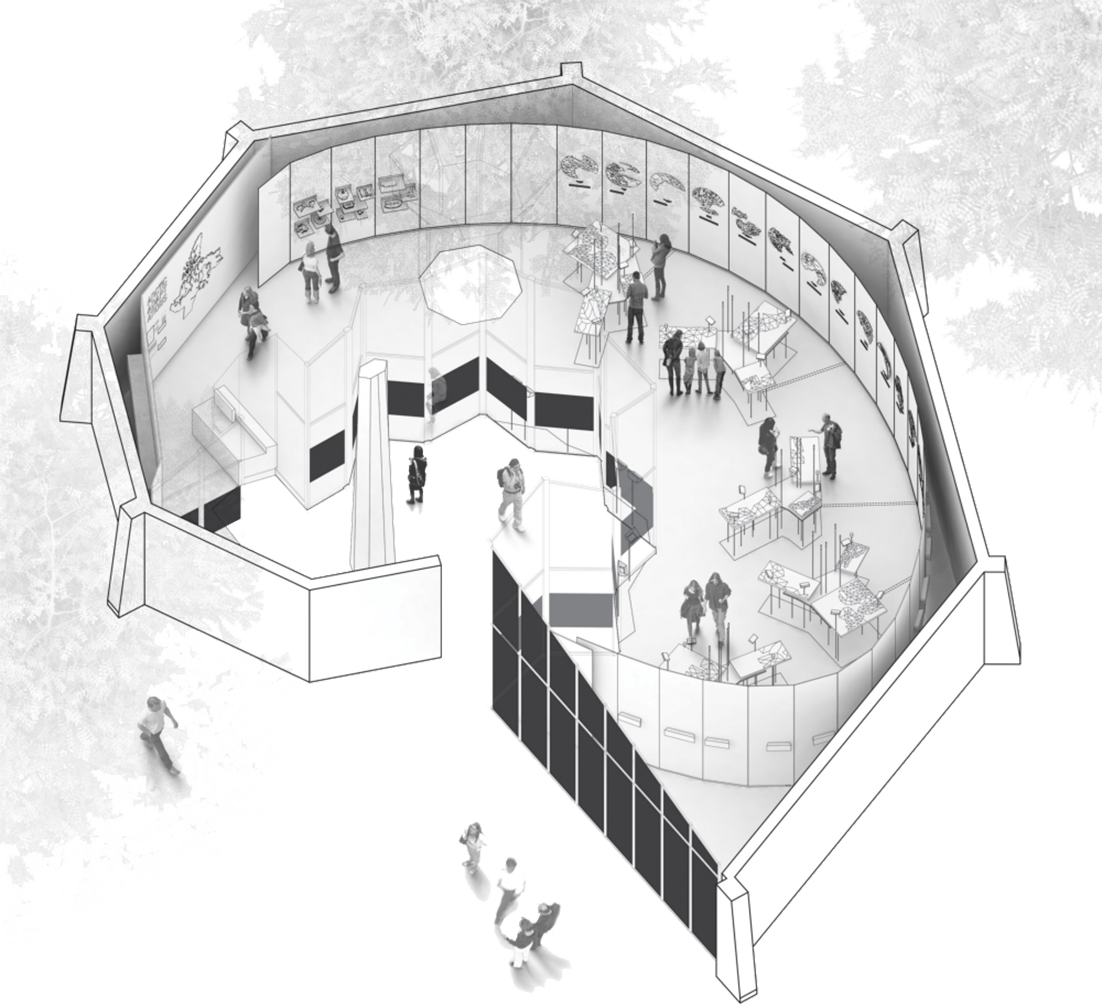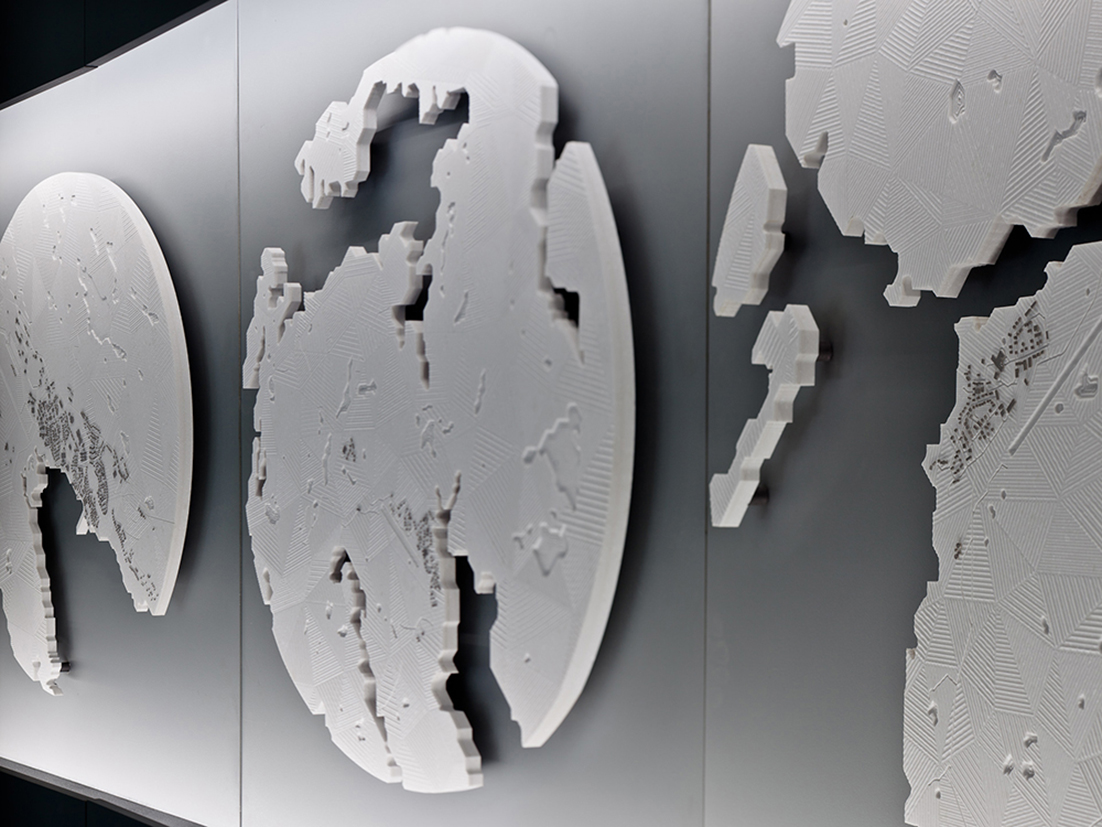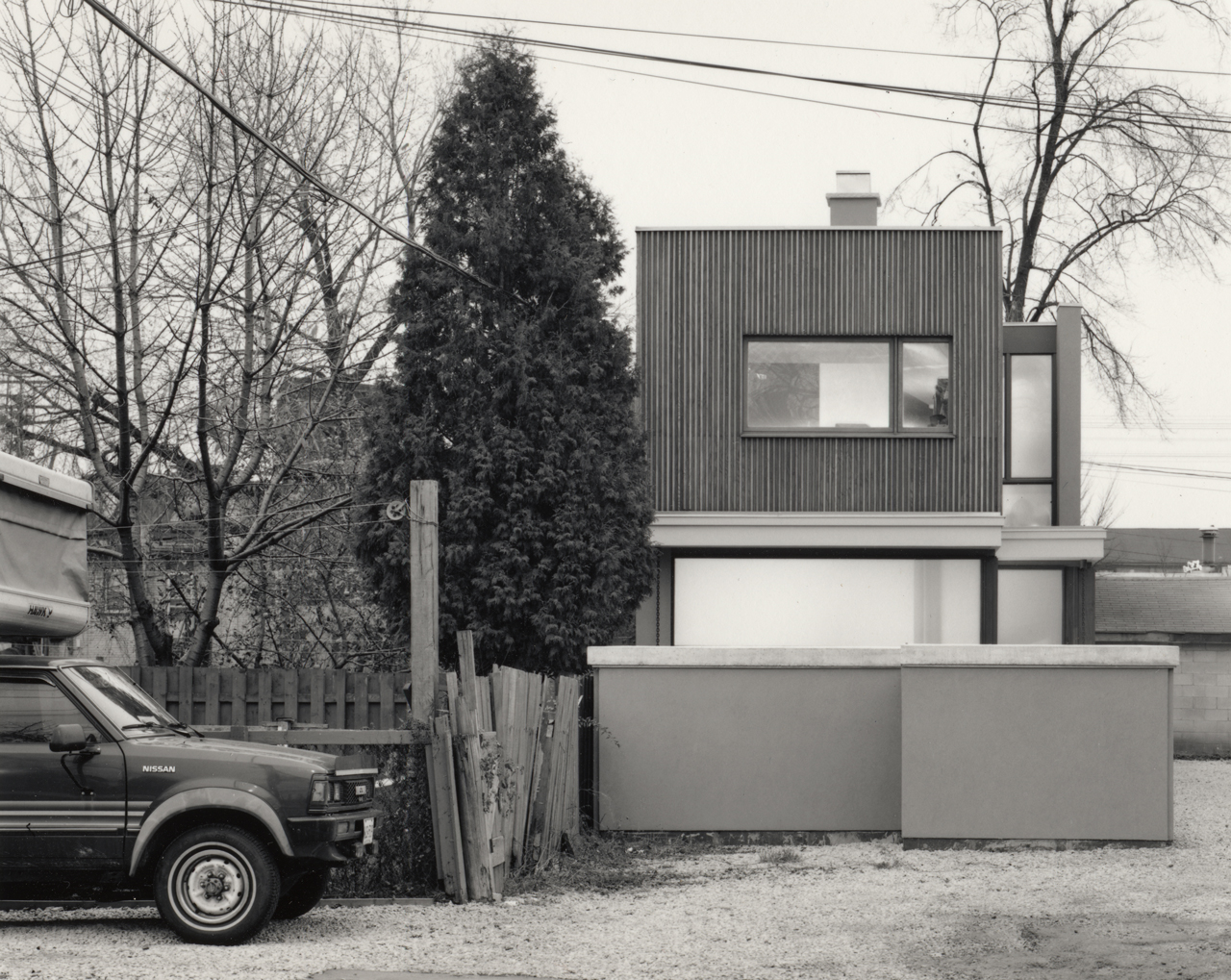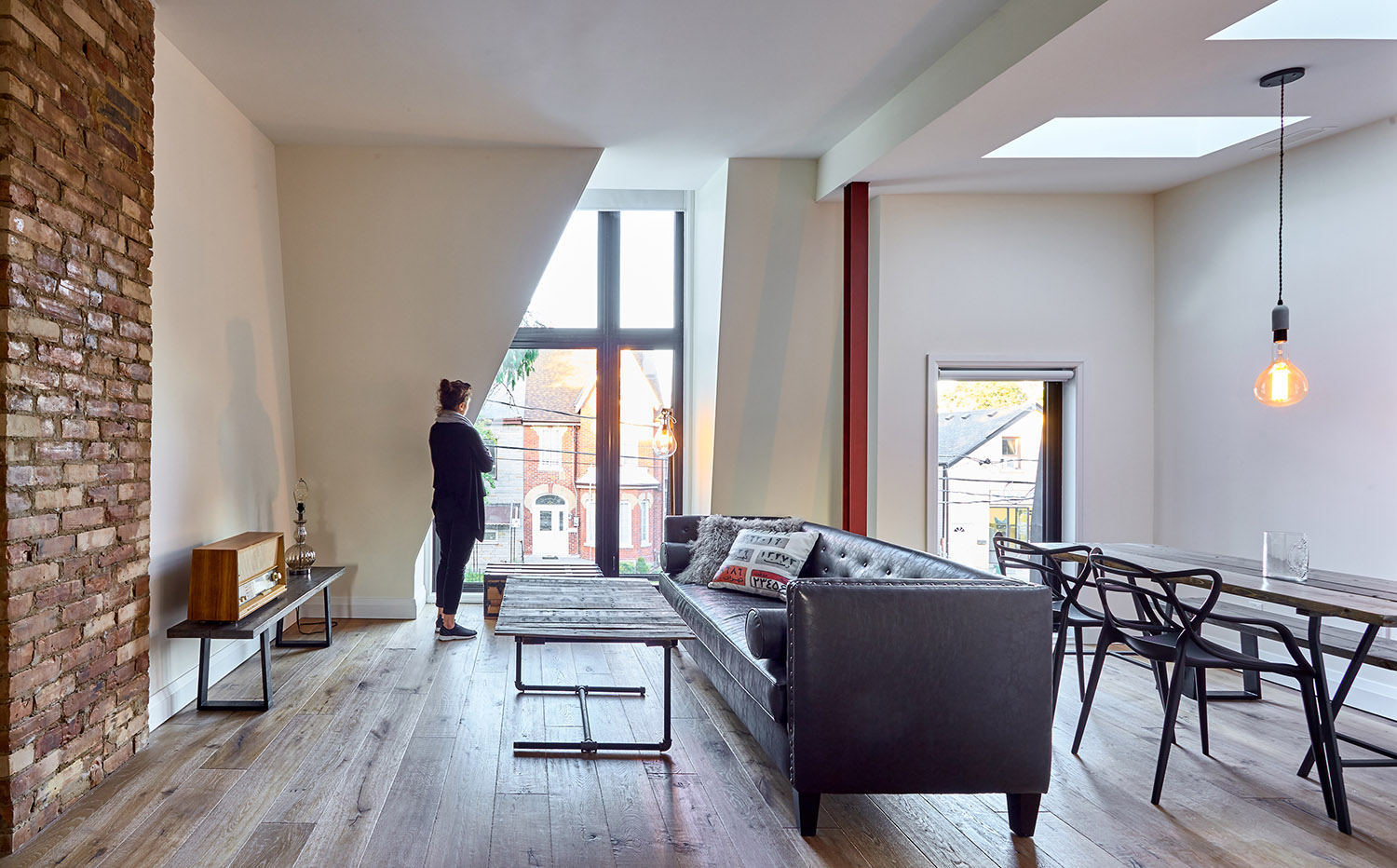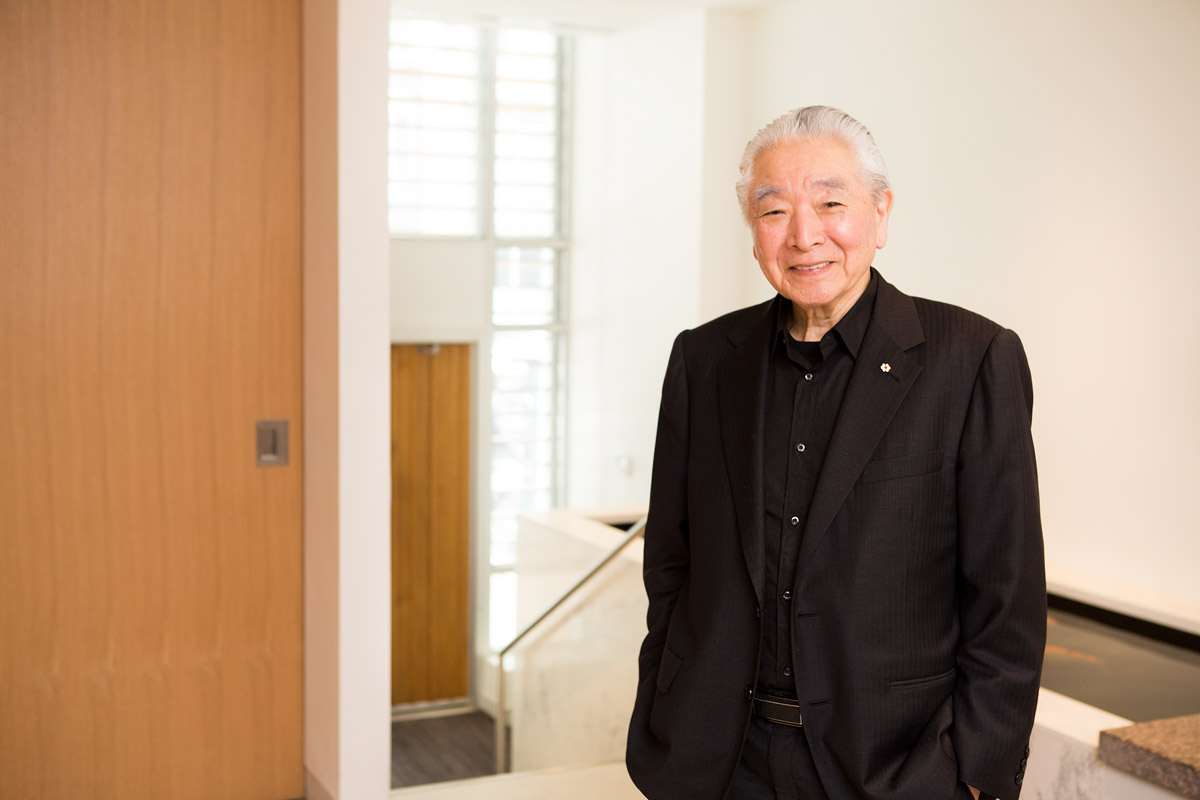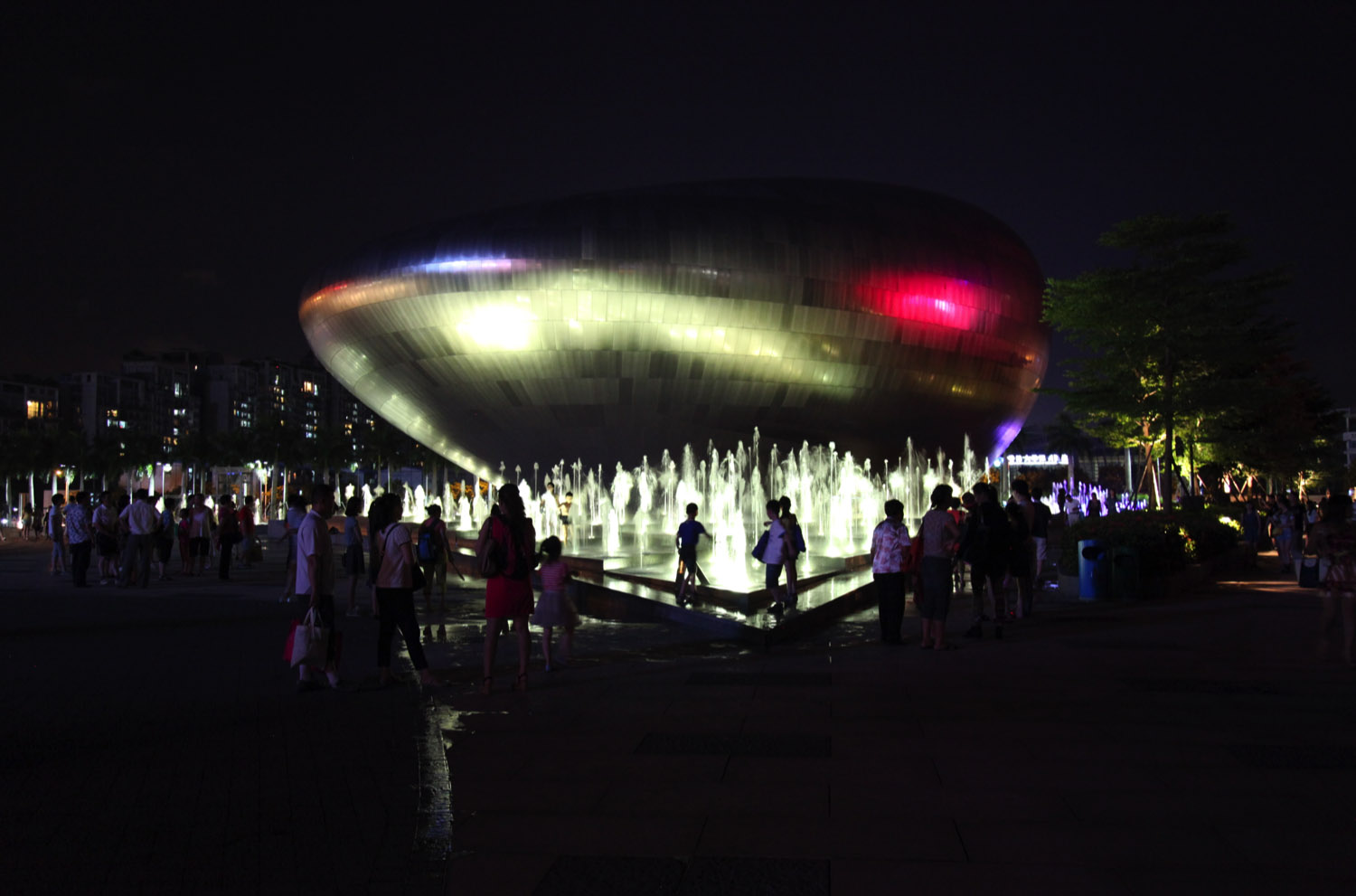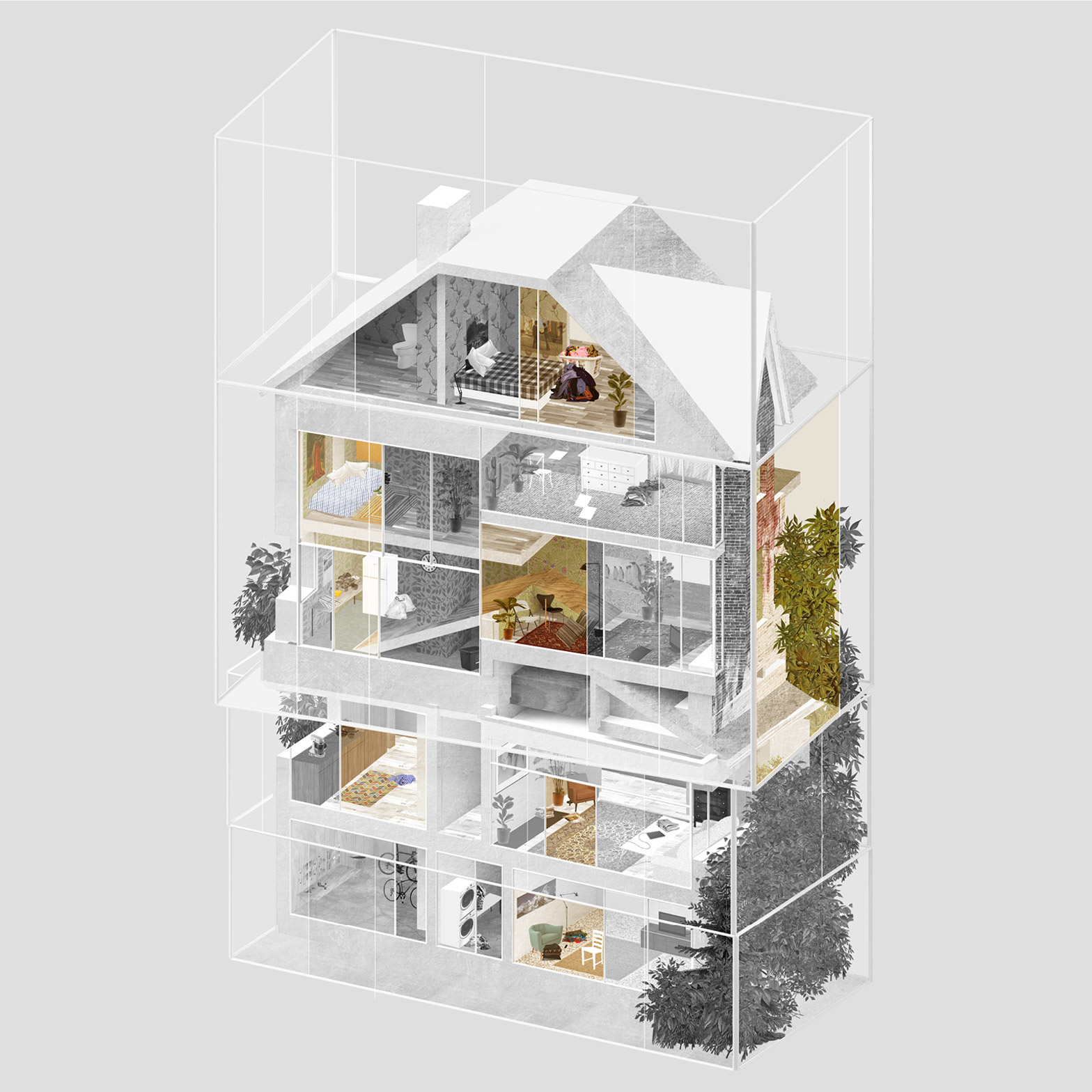25.08.16 - Arctic Adaptations comes to Iqaluit
After touring other parts of Canada, Arctic Adaptations — the award-winning exhibition curated by Lateral Office for the Venice Biennale in 2015 — will make its debut in Iqaluit. Founded by Associate Professor Mason White and Lola Sheppard, Lateral Office received a “special mention” at the Biennale for the exhibit, which provided an “in-depth study of how modernity adapts to a unique climatic condition and a local minority culture.”
The exhibit, which explores the past, present, and future of architecture in Nunavut (Canada’s youngest territory) was curated by Associate Professor Mason White, Lola Sheppard, and Matthew Spremulli (MArch 2011). Local community groups in Nunavut as well architects and architecture students from across Canada contributed to the display.
The exhibition in Iqaluit will, as CBC News reports, feature “soapstone carvings of existing buildings in Nunavut, scale models of each of Nunavut's 25 communities, and a series of 15 architecture models of future possible structures.”
"The exhibition was for us a chance to say that architecture really matters," Sheppard told the CBC. "It's a way to reinforce culture and a sense of place."
For the full article, visit the CBC’s website.


